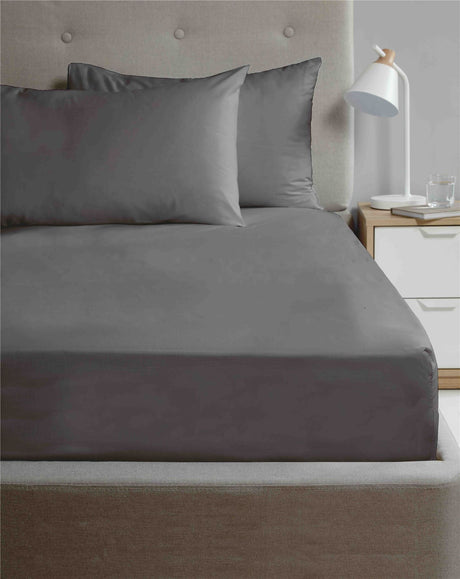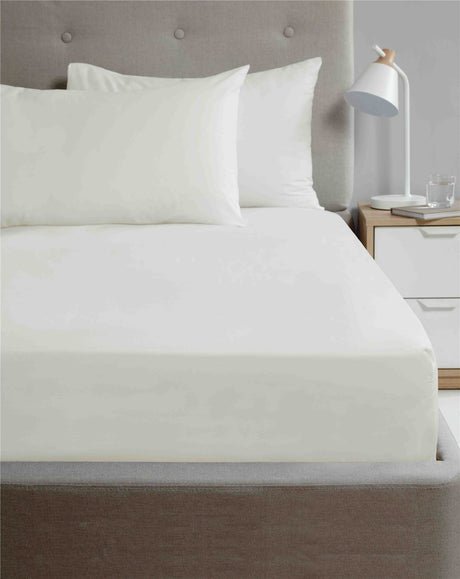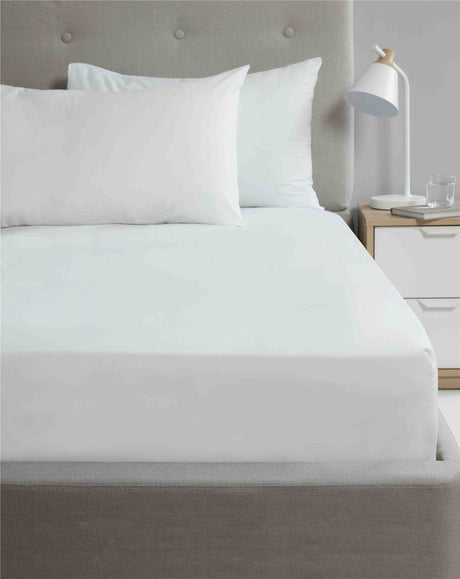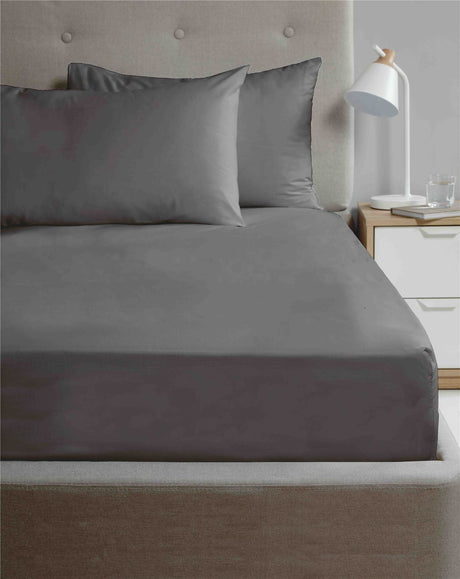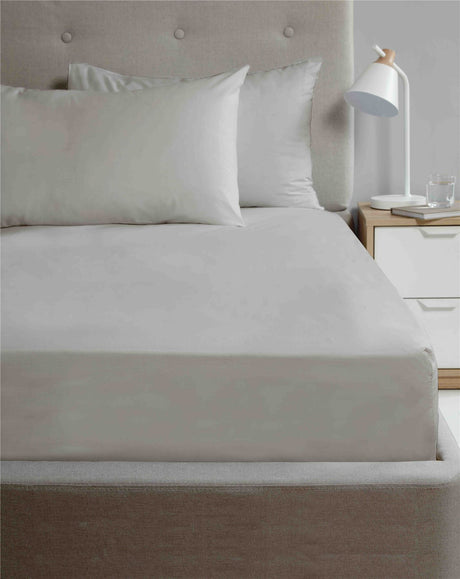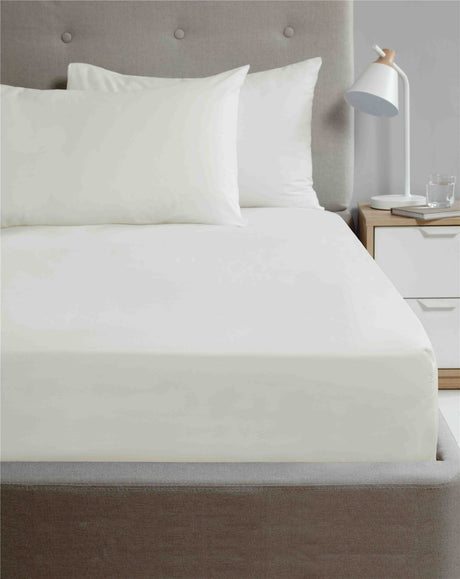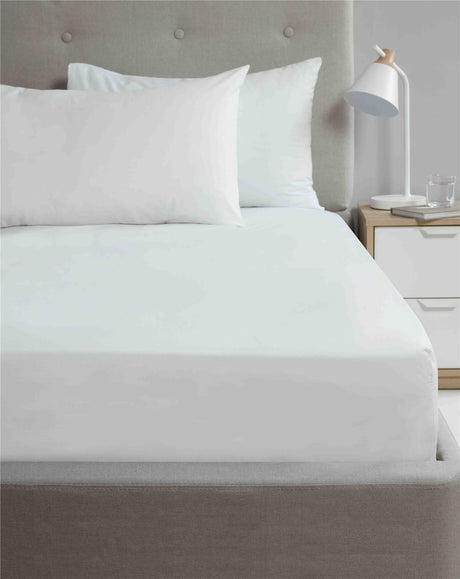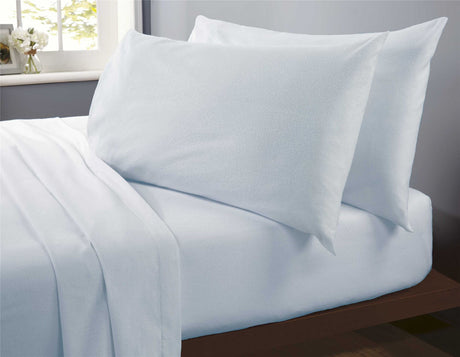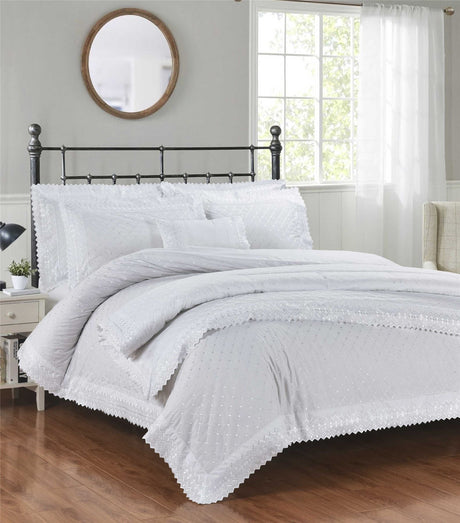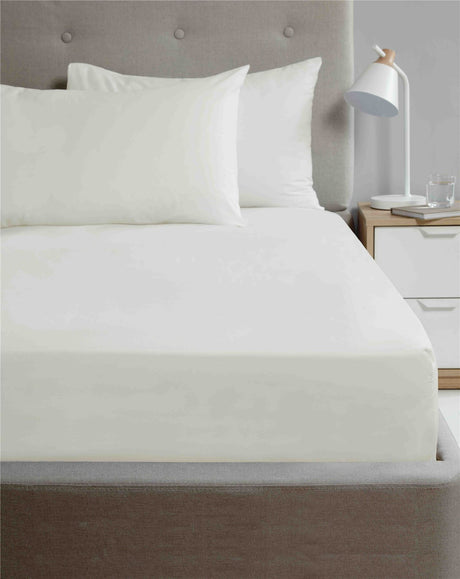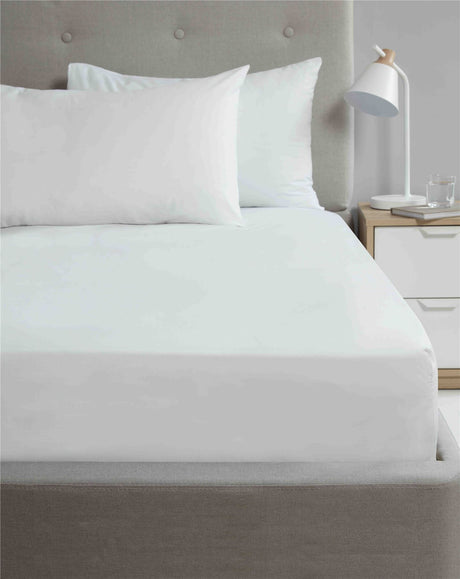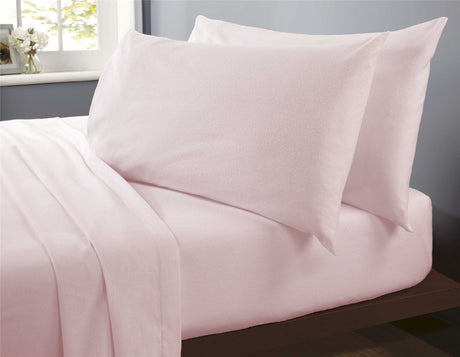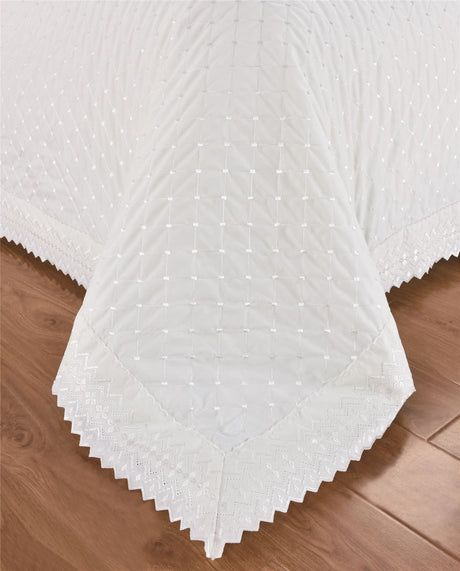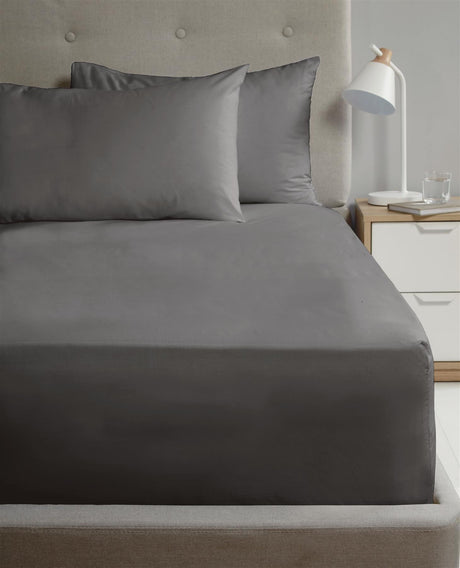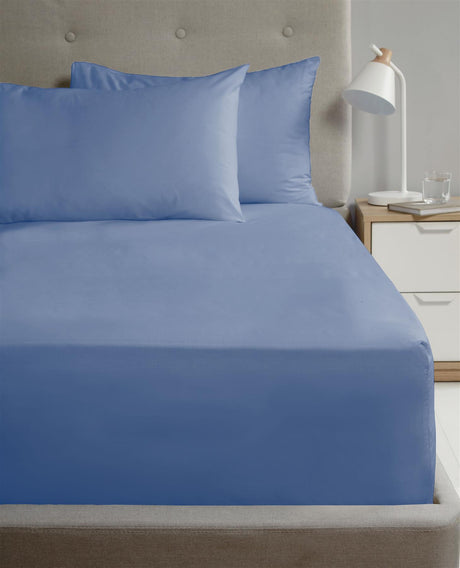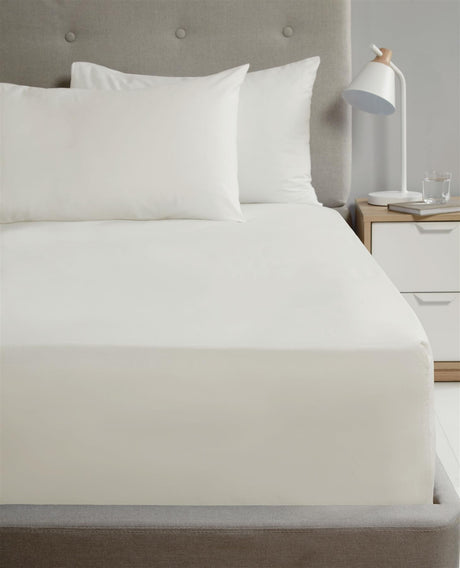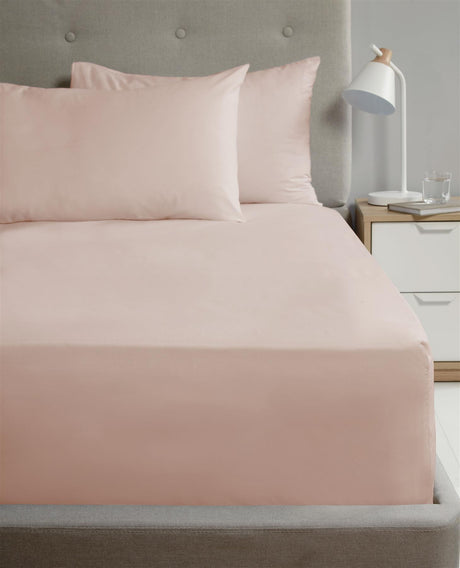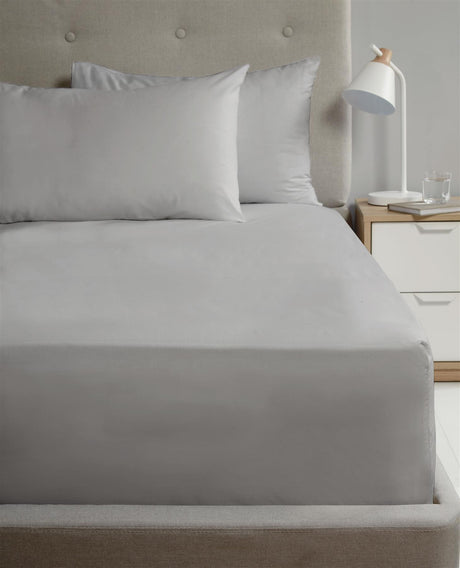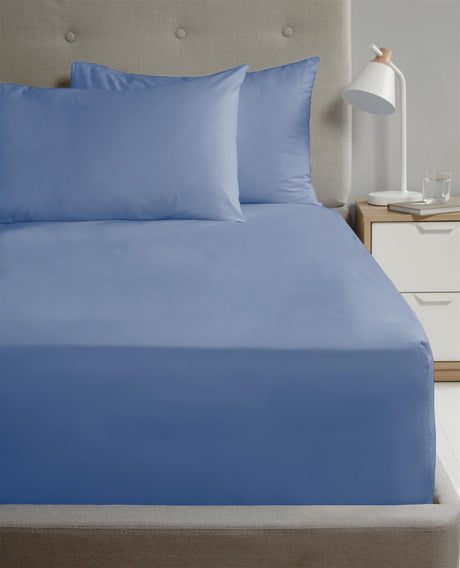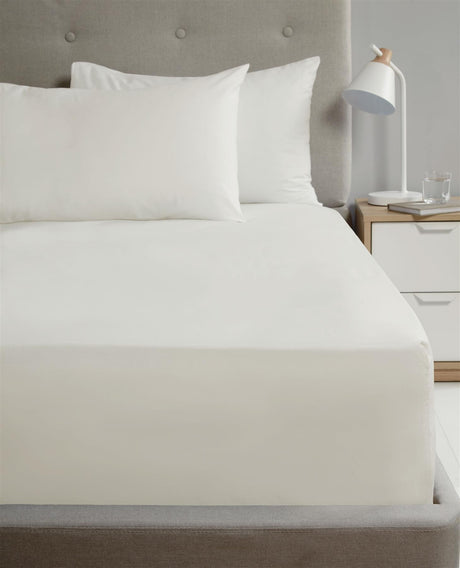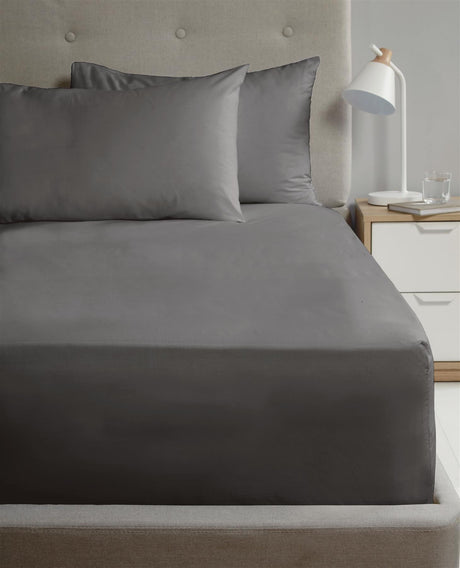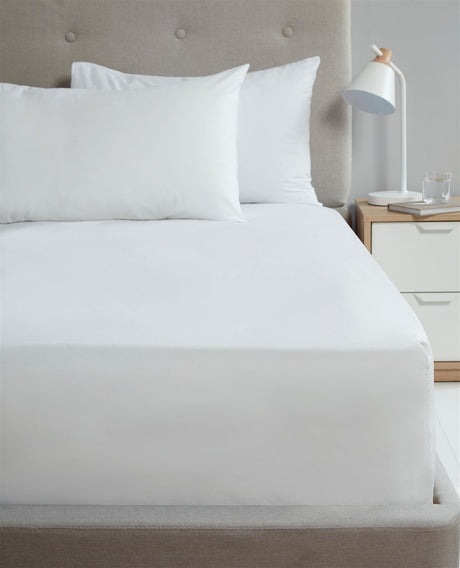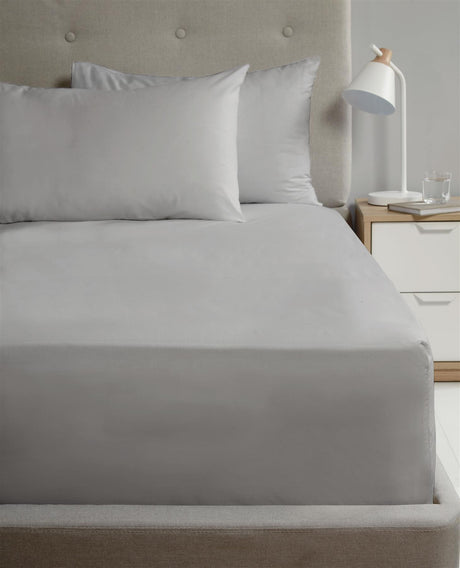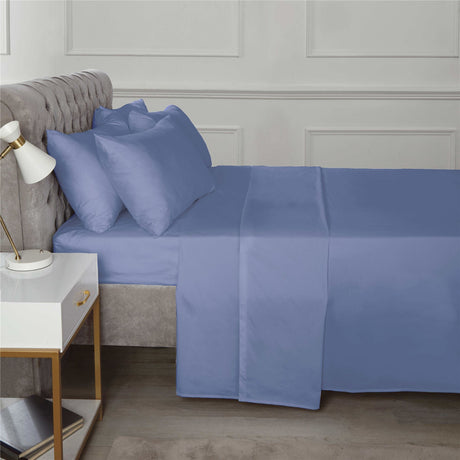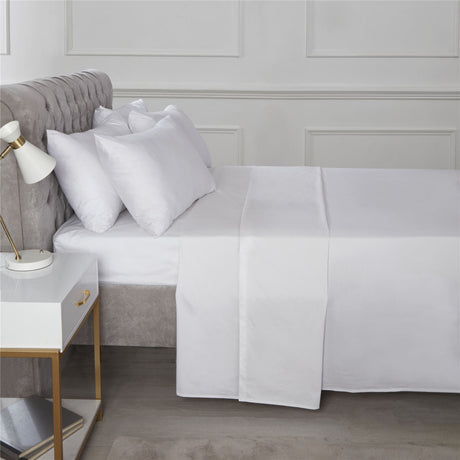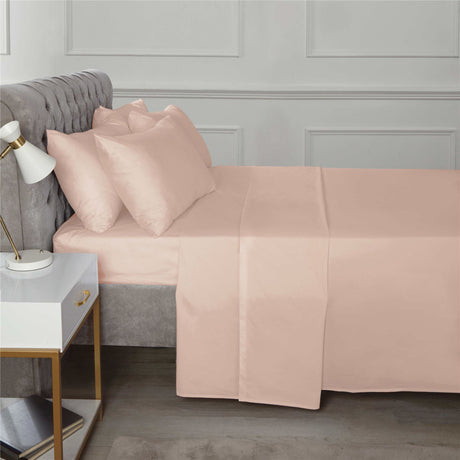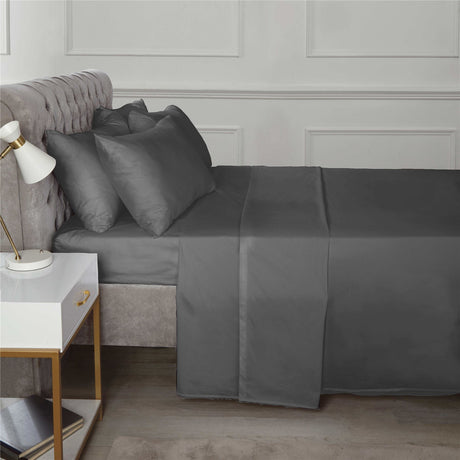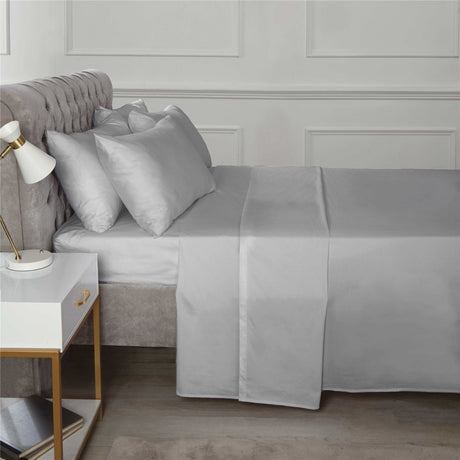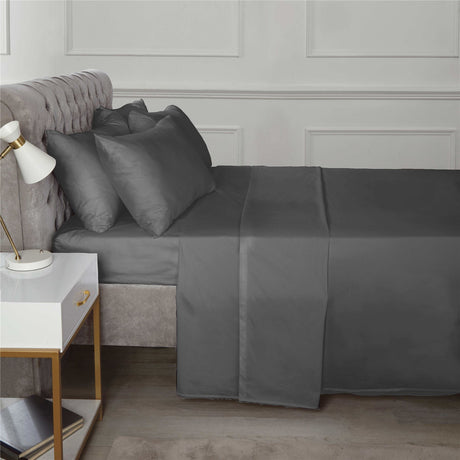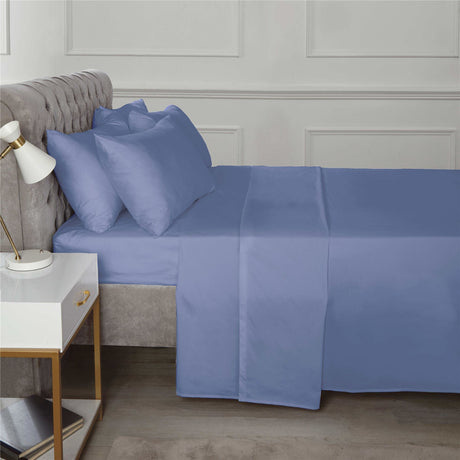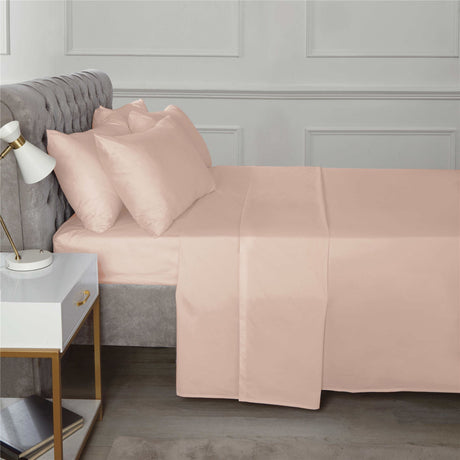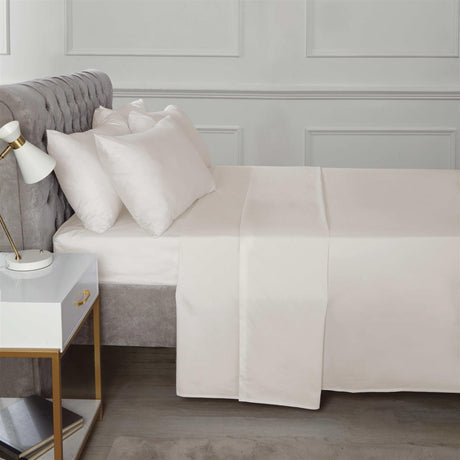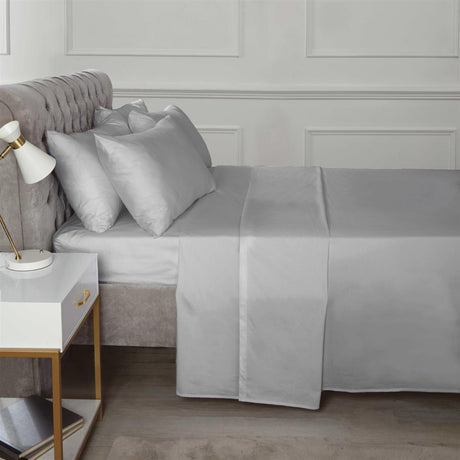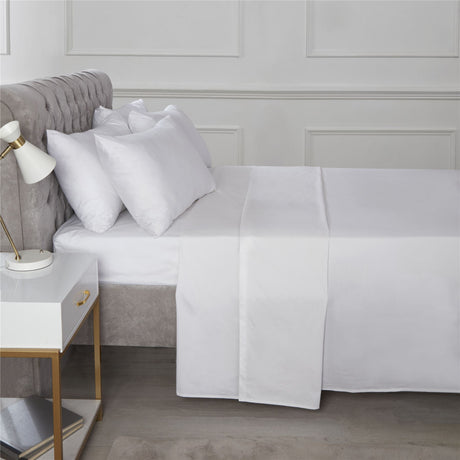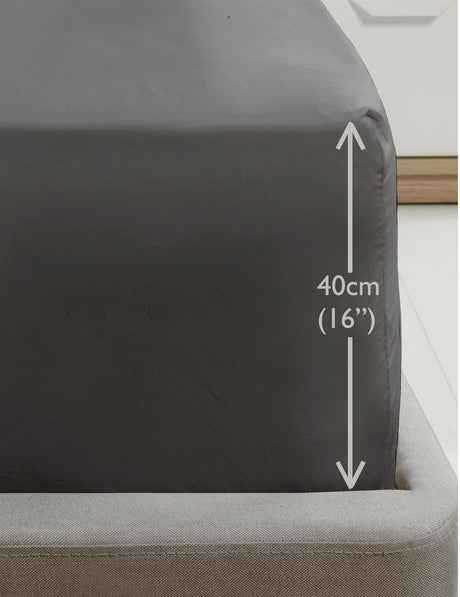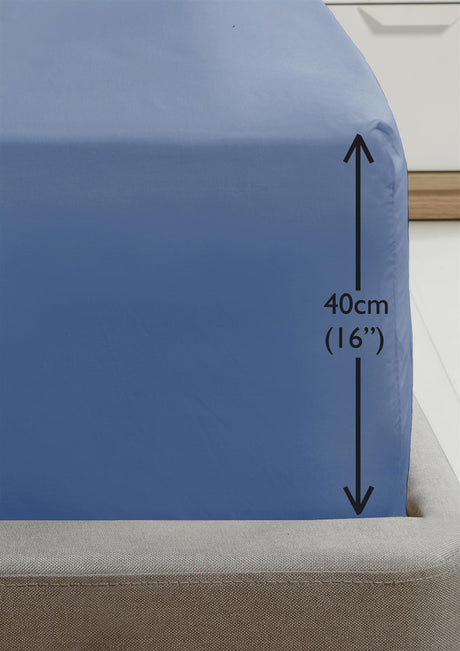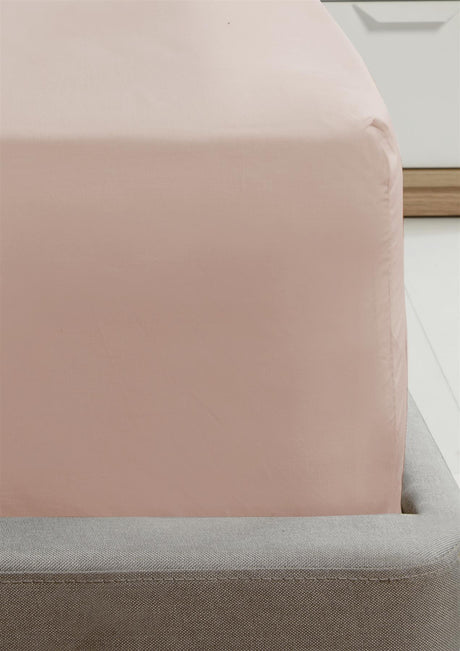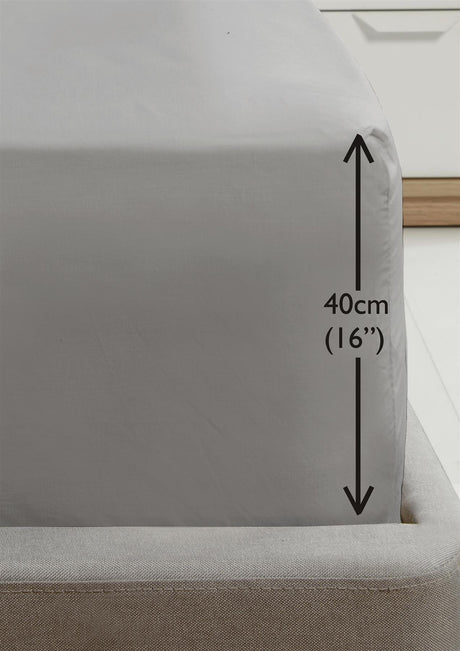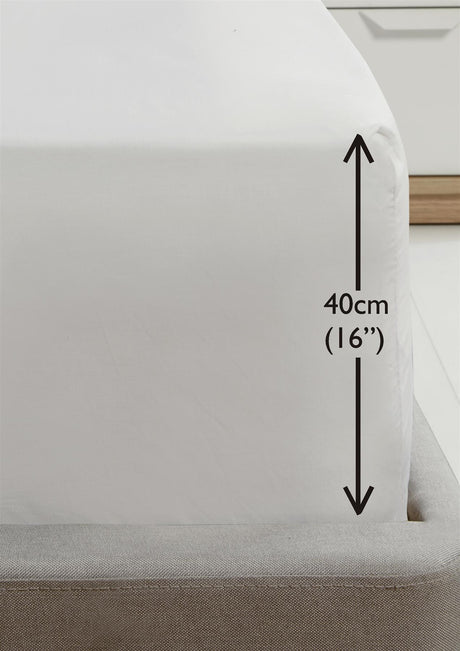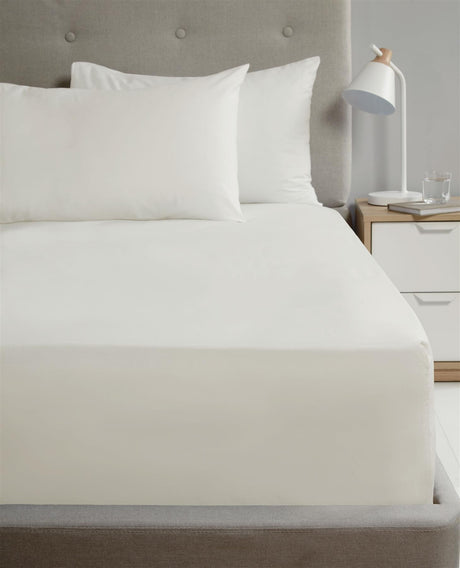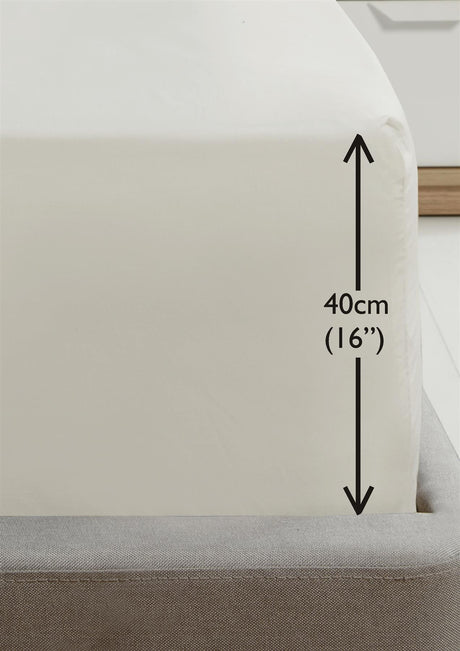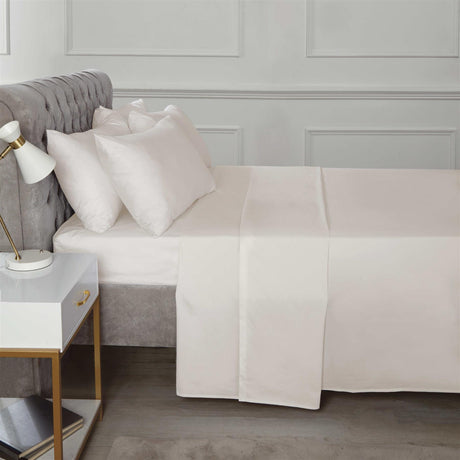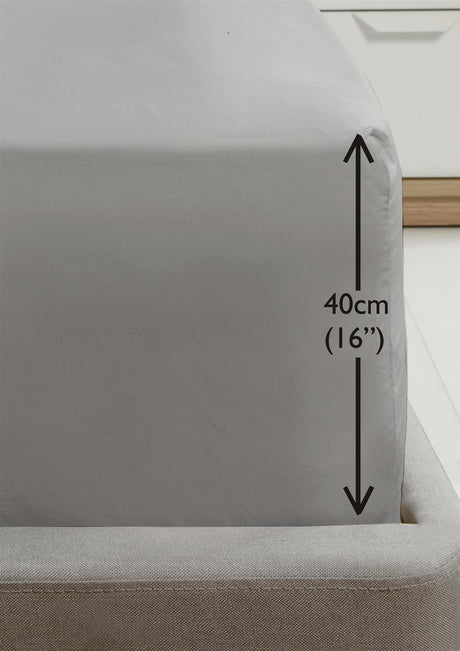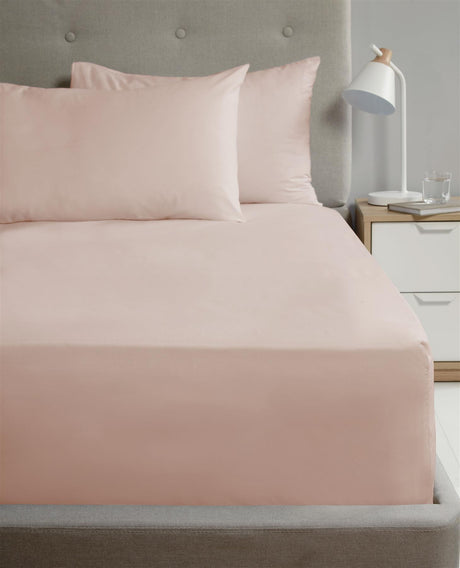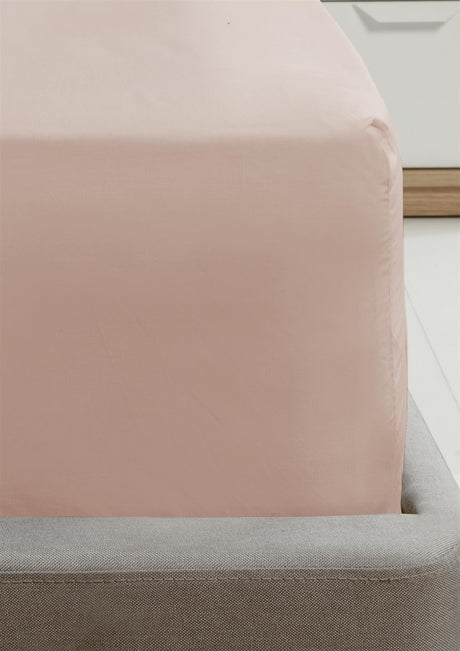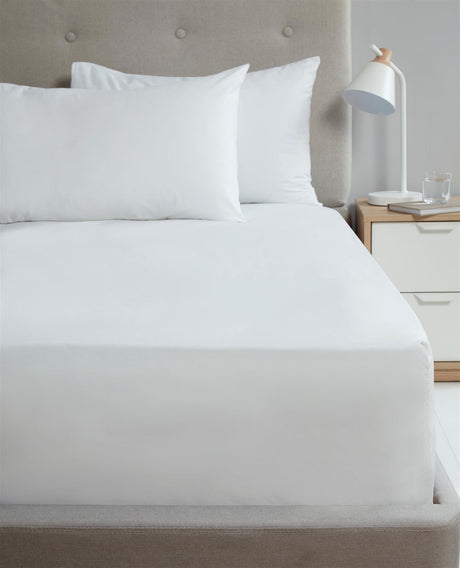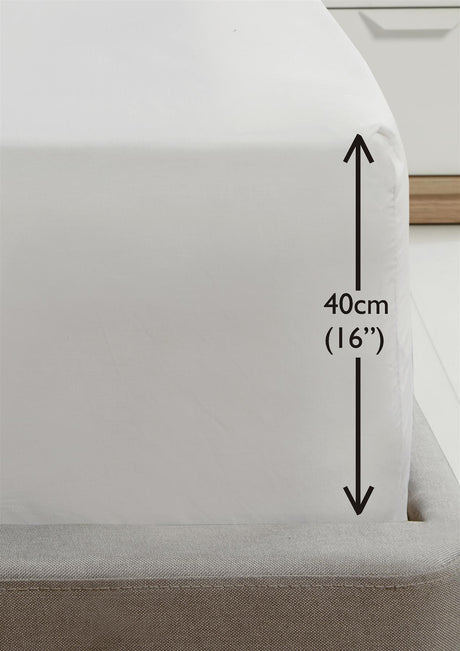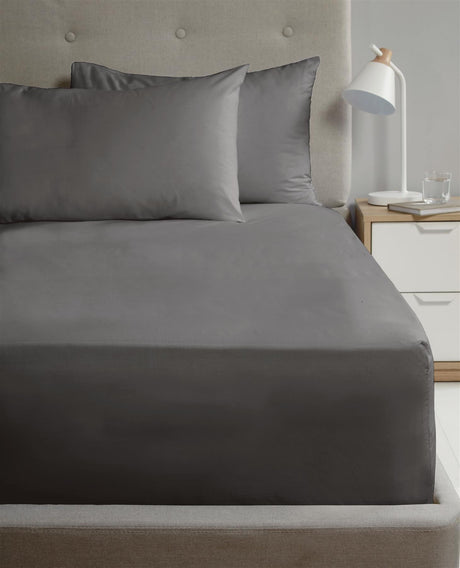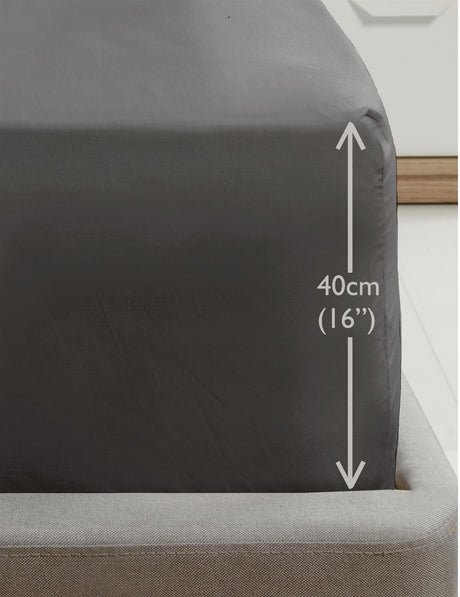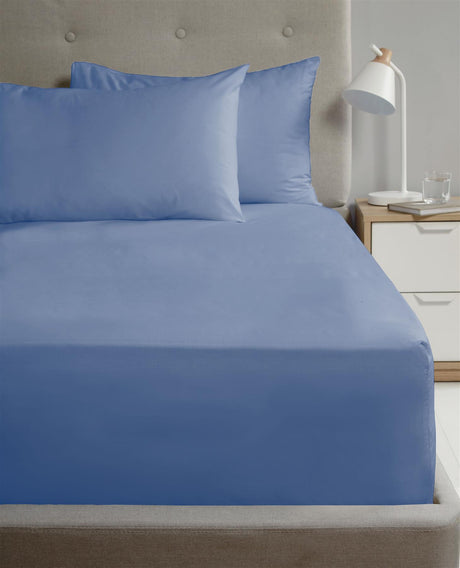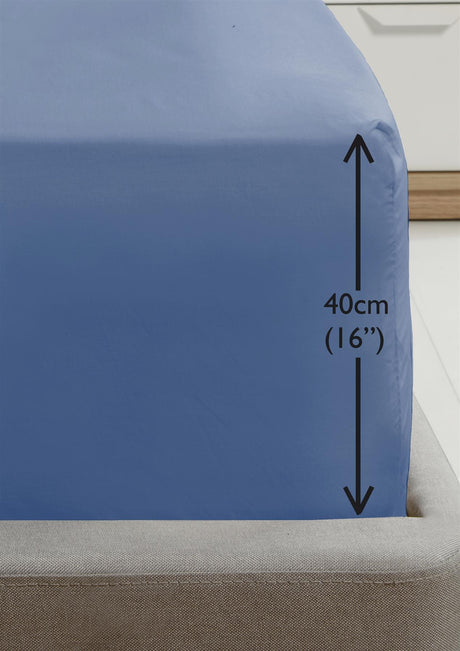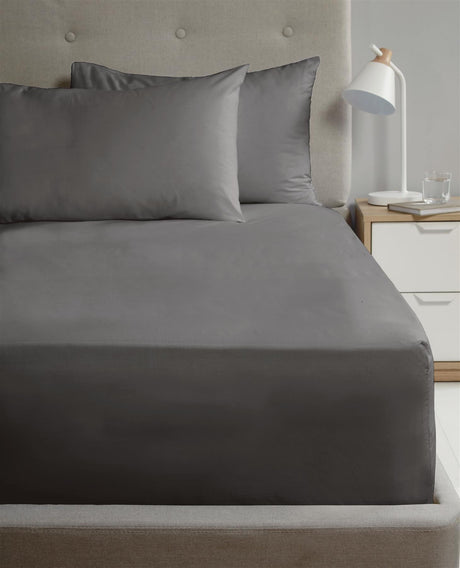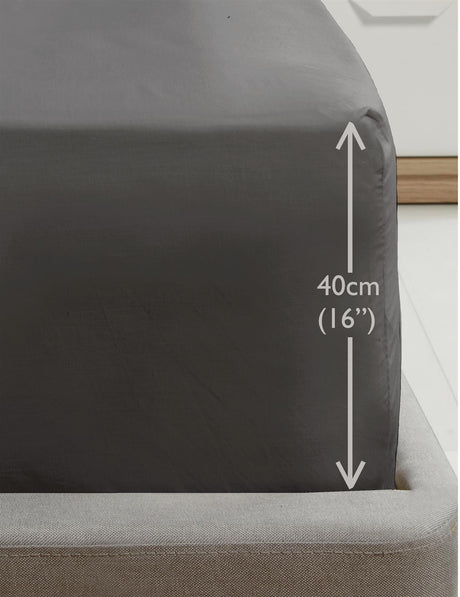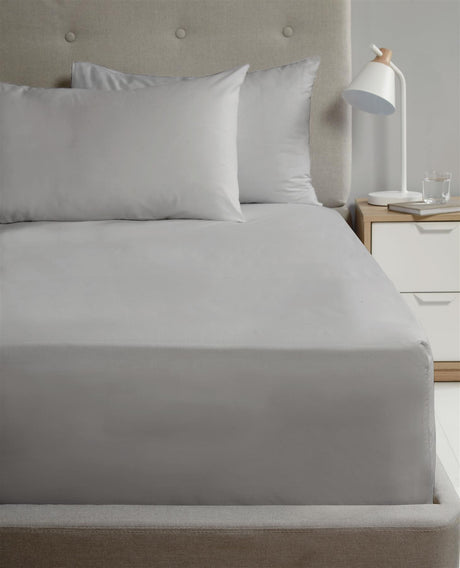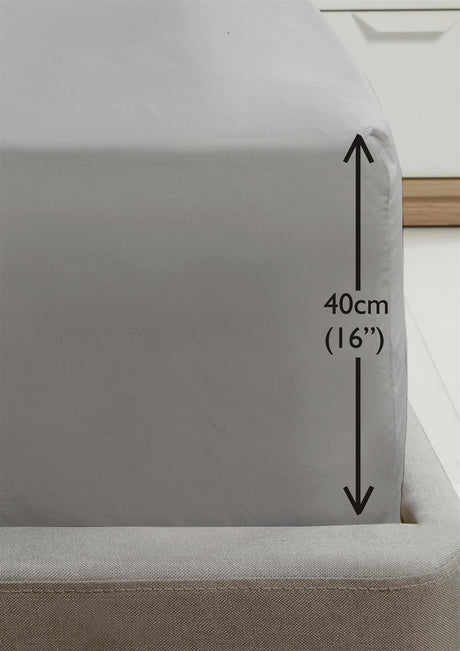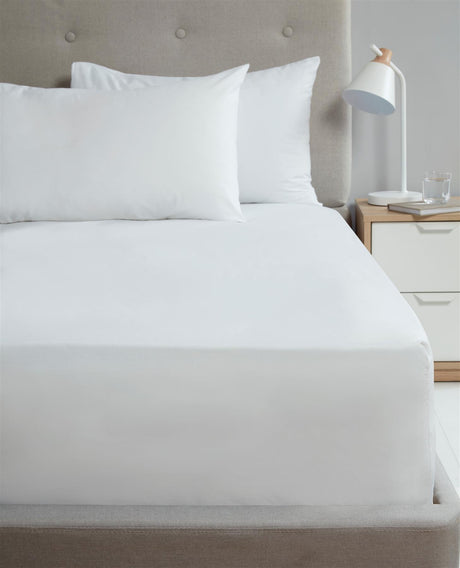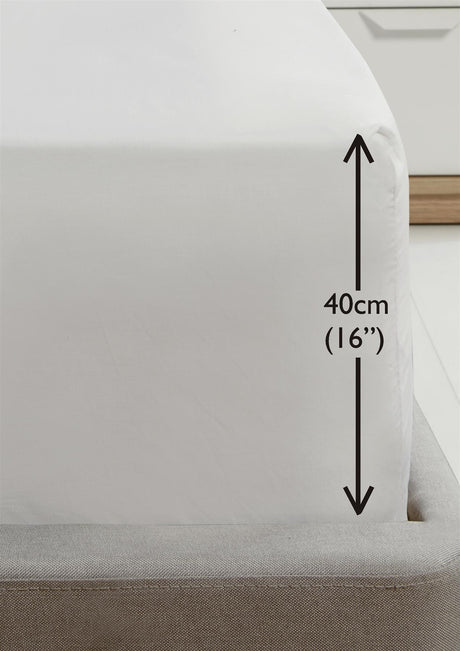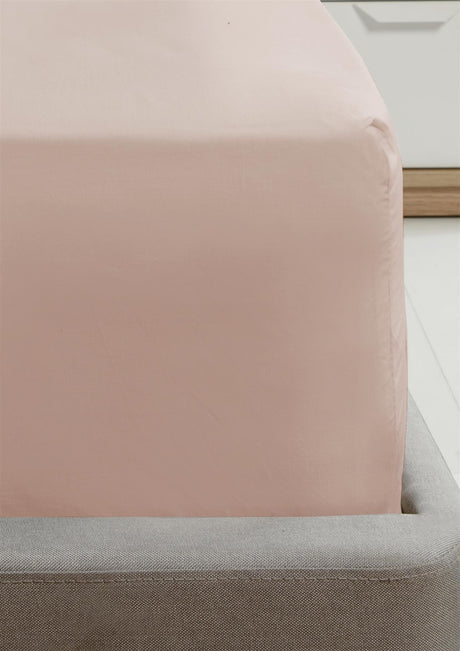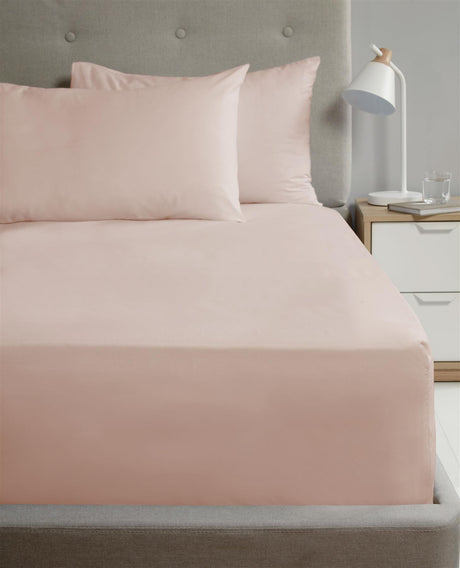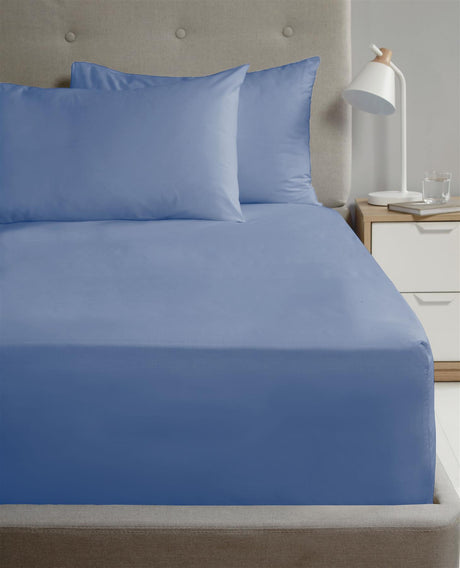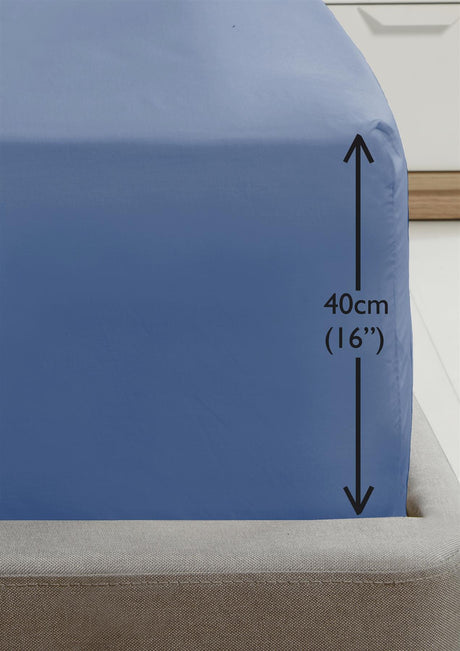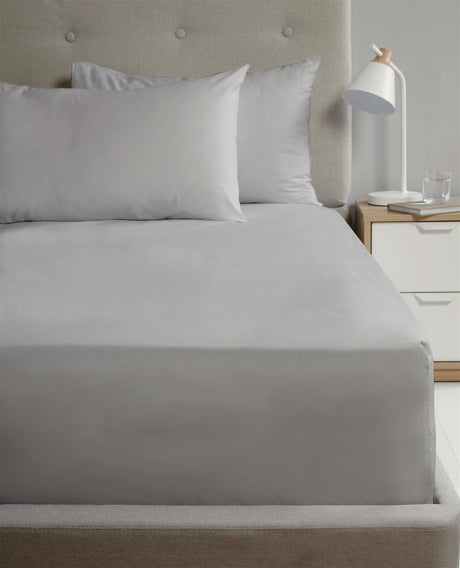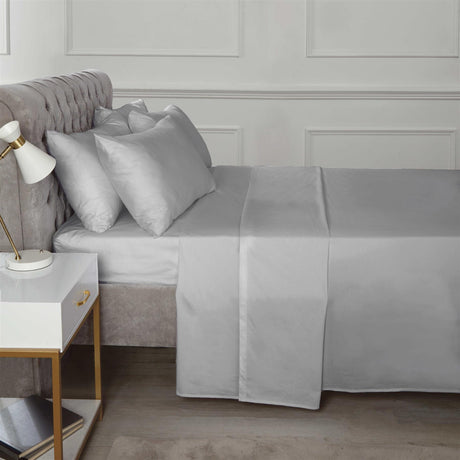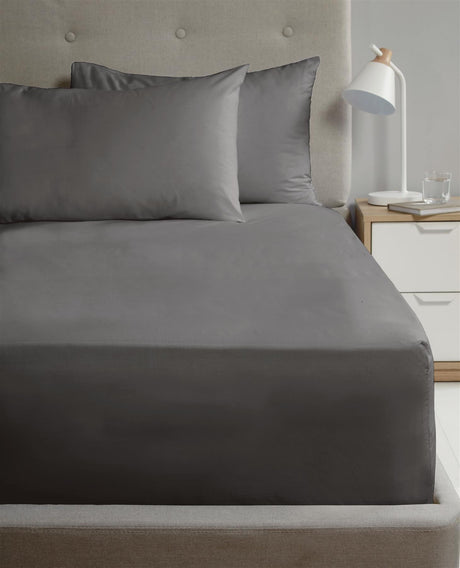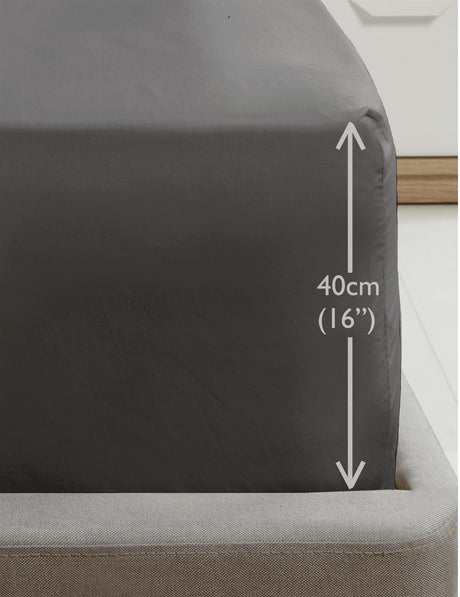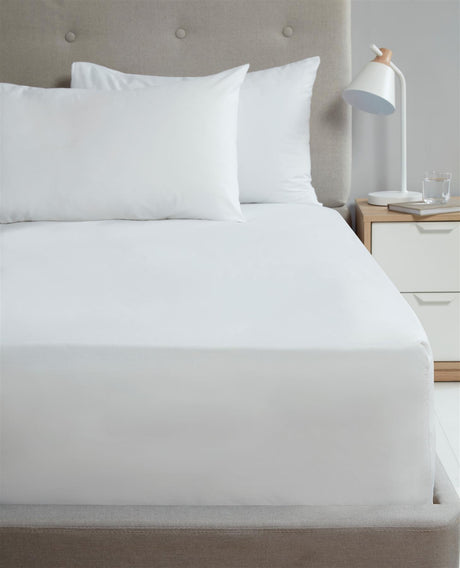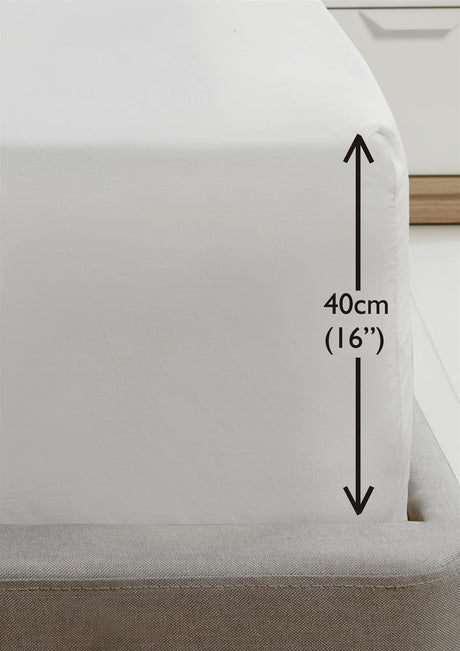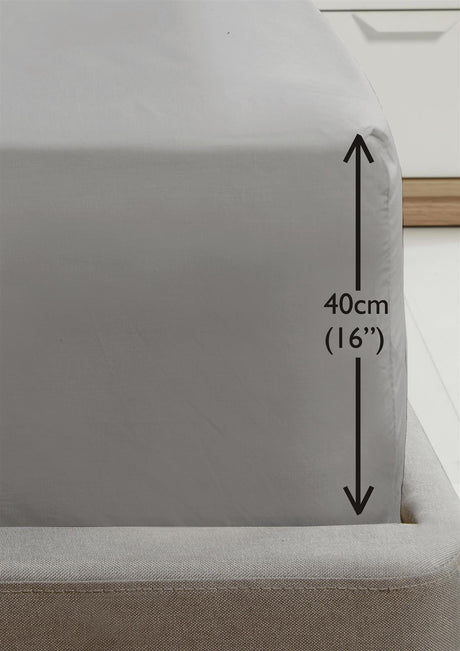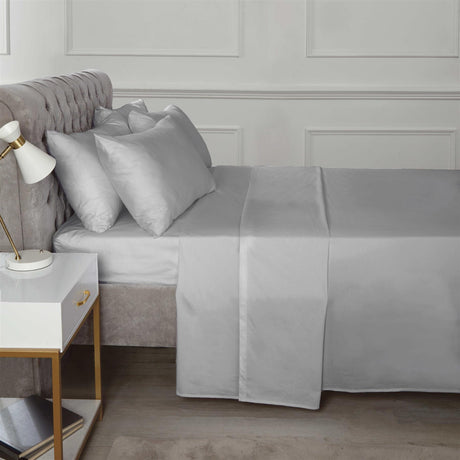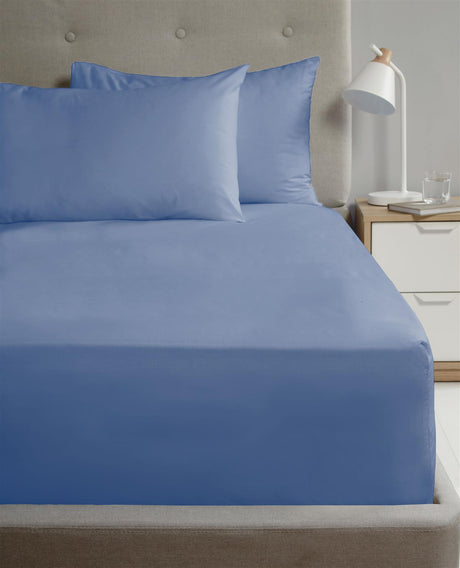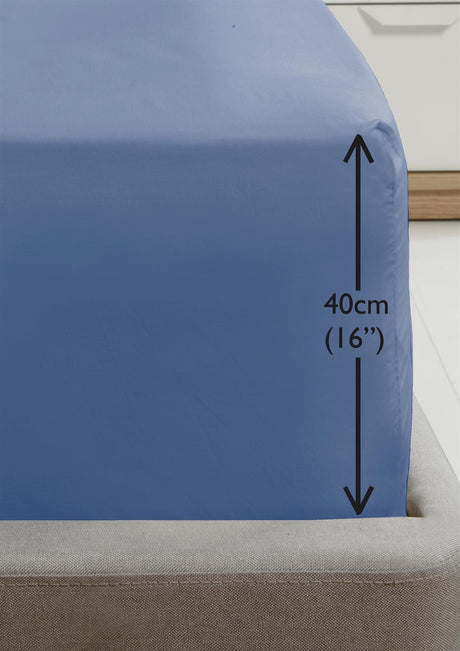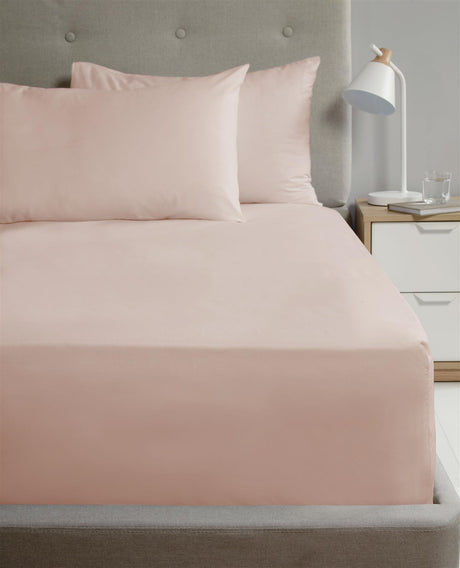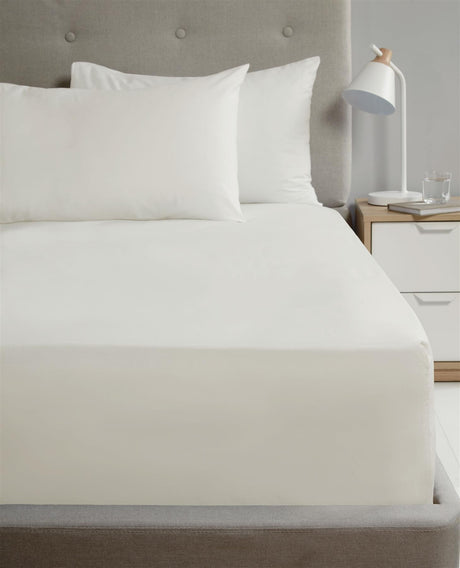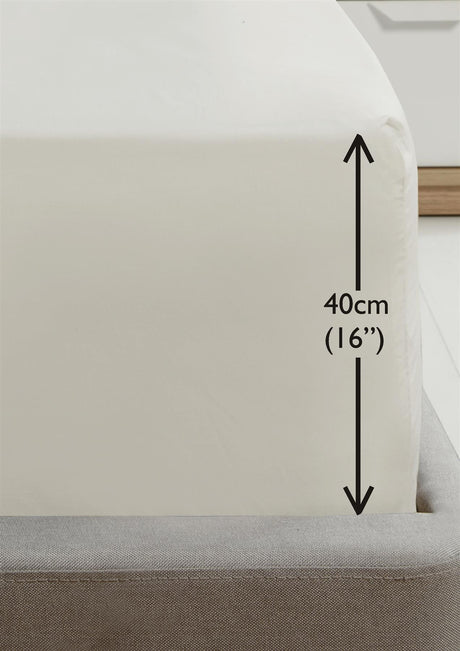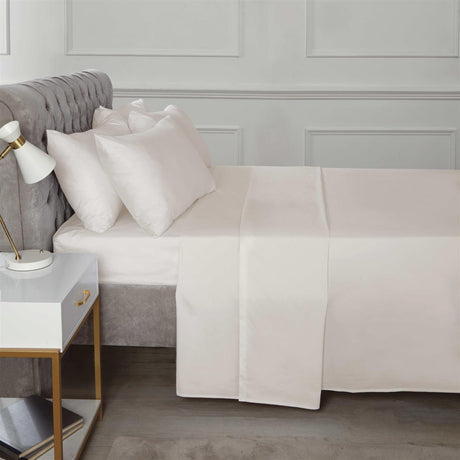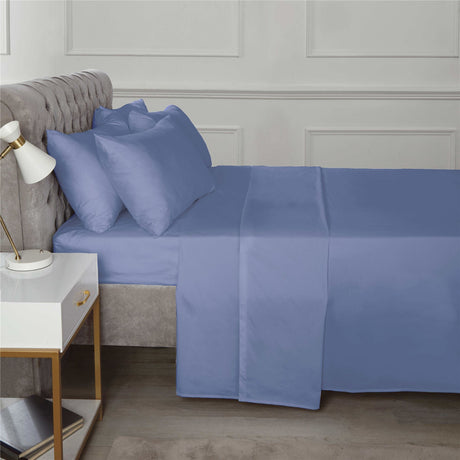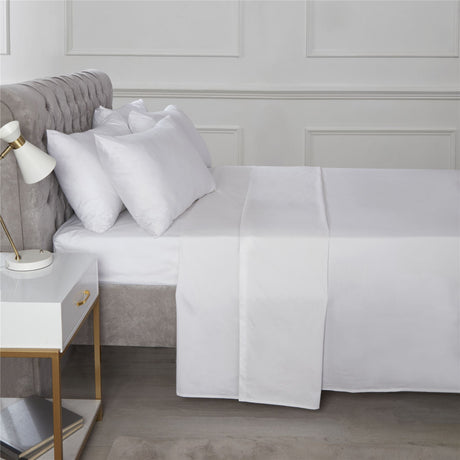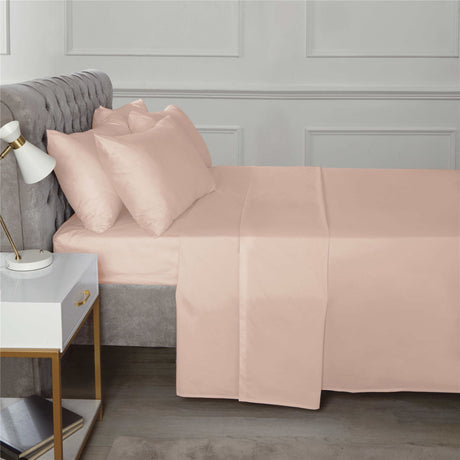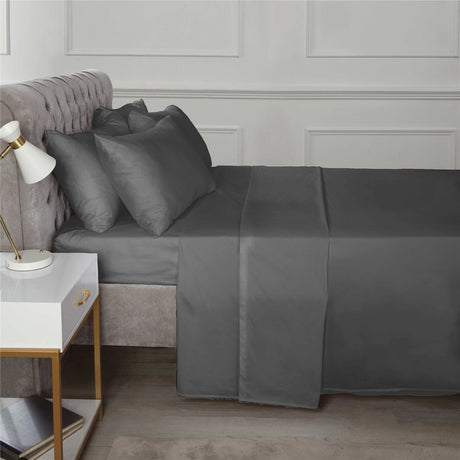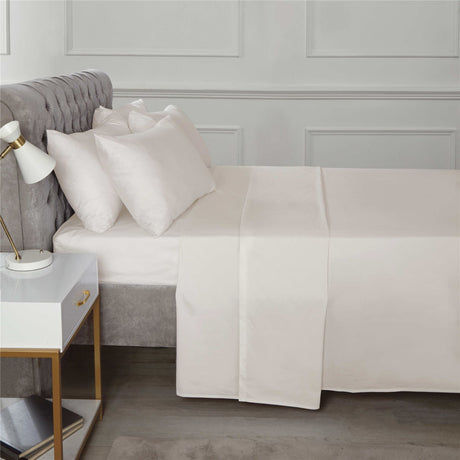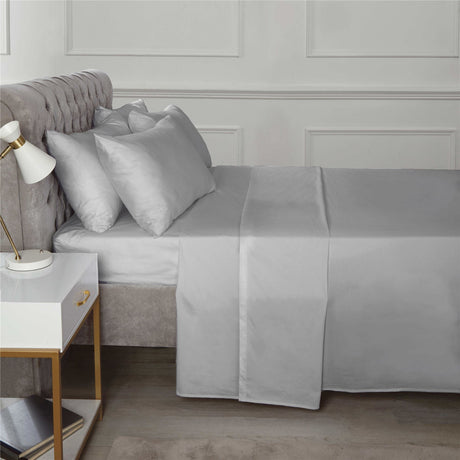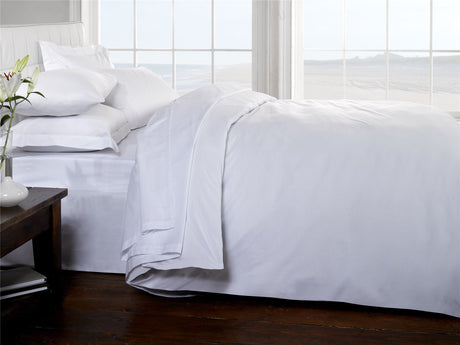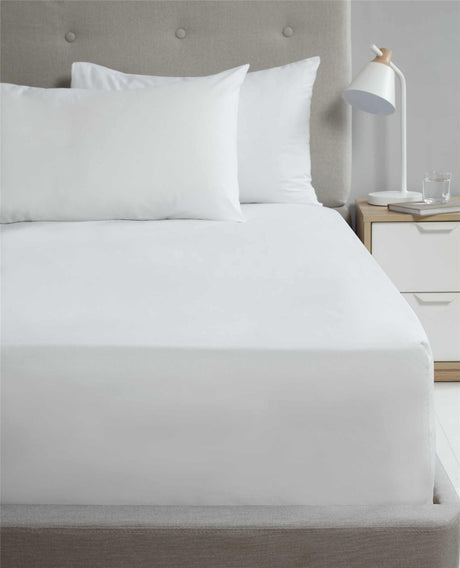Why do I wake up itchy?
Waking up itchy, sneezy, or with mysterious skin irritation? Your bed sheets might be to blame. While we often think of allergies in relation to food or pets, your bedding can also trigger allergic reactions—especially if you have sensitive skin or underlying conditions like eczema, asthma, or hay fever.
Here’s everything you need to know about allergic reactions to bed sheets: what causes them, how to spot the signs, and (most importantly) how to fix the problem so you can sleep soundly again. If you’re searching for the best hypoallergenic bedding or tips to avoid bed sheet allergies, you’re in the right place.
What causes allergic reactions to bed sheets?
There are several potential culprits behind allergic reactions linked to bed sheets. It’s often not the fabric itself, but what’s on—or in—it.
1. Dust mites
These microscopic creatures are one of the most common allergens in bedding. They feed on dead skin cells and thrive in warm, humid environments (a.k.a. your bed). Their waste products can cause sneezing, wheezing, itching, and even eczema flare-ups.
2. Detergent and fabric softeners
Sometimes it’s not the sheets but what you wash them in. Harsh laundry detergents, fabric softeners, or fragrance-heavy products can leave residue behind that irritates sensitive skin or causes contact dermatitis.
3. Fabric type
Some synthetic fabrics (like polyester or certain blends) can irritate the skin or trap heat and moisture, which may lead to breakouts or rashes. Natural fibres like cotton or bamboo are usually gentler and more breathable.
4. Dyes and chemical treatments
Many sheets are dyed or treated with wrinkle-resistant finishes, which can contain chemicals like formaldehyde. For some people, these chemicals can cause skin irritation or respiratory reactions.
5. Mould and mildew
If your sheets aren’t dried properly or are stored in damp environments, they could develop mould or mildew—both of which are known allergens that can trigger serious reactions.

Signs you might be reacting to your sheets
Wondering if your bedding is to blame? Look out for these common symptoms:
- Itchy or irritated skin upon waking
- Hives or small red bumps on exposed areas like your arms, legs, or face
- Sneezing or runny nose at night or first thing in the morning
- Dry eyes or scratchy throat
- Eczema or asthma flare-ups during sleep
- Feeling congested despite keeping windows closed and rooms dust-free
If these symptoms improve when you sleep elsewhere (like on the sofa or at a hotel), it’s a strong sign your bedding could be the culprit.
How to reduce allergic reactions caused by bed sheets
Don’t worry—you don’t have to toss all your bedding and start from scratch. A few mindful changes can make a big difference:
1. Choose hypoallergenic sheets
Look for bedding labelled as hypoallergenic. Natural fabrics like 100% cotton, bamboo, or linen are breathable and less likely to harbour allergens. Avoid synthetic blends or overly treated fabrics.
2. Wash sheets regularly
Wash your sheets at least once a week in hot water (above 60°C) to kill dust mites and remove allergens. Always make sure sheets are fully dried before using or storing them.
3. Switch your detergent
Opt for fragrance-free, dye-free laundry detergents designed for sensitive skin. Skip the fabric softeners—they often leave a residue that can trigger reactions.
4. Use protective bedding covers
Dust mite-proof covers for pillows and mattresses can help reduce allergen exposure. These are especially helpful if you have asthma or eczema.
5. Avoid wrinkle-free or stain-resistant sheets
These often contain chemical coatings that can irritate the skin. Stick to untreated, OEKO-TEX certified bedding if you’re prone to allergies.
6. Keep your bedroom well-ventilated and dry
Use a dehumidifier if your room tends to be humid. Keep windows open when possible, and avoid drying damp laundry in the bedroom.
Other irritants that hide in your bedding
Beyond dust mites and detergents, other allergens can sneak into your sheets over time. Pet dander, pollen brought in from outside, and even leftover skincare products can build up in your bedding. If you sleep with pets, try placing a washable blanket over your sheets to catch fur and dander, and wash it frequently.

Lifestyle habits that can help
Your bedroom hygiene habits can play a big role in reducing allergens. Vacuum floors and soft furnishings weekly, wipe down surfaces, and regularly air out your mattress. Showering before bed also helps reduce the dirt, oils, and allergens you bring into your sheets. It’s a small step that can make your nights more comfortable and your mornings less itchy.
When to see a doctor
If you’ve tried switching sheets and detergents but are still experiencing symptoms, it might be time to consult a GP or dermatologist. They can help determine whether it’s a fabric allergy, contact dermatitis, or something else entirely. Allergy testing may also help identify specific triggers.
You deserve a sneeze-free sleep
Your bed should be a place of rest, not a source of irritation. With a few thoughtful swaps and mindful habits, you can turn your bed back into a safe haven for sleep. From choosing natural fabrics to being gentle with your laundry routine, it’s all about minimising irritants and tuning into what your skin and body need.
Sleep tight—and wake up feeling refreshed, not rashy.

